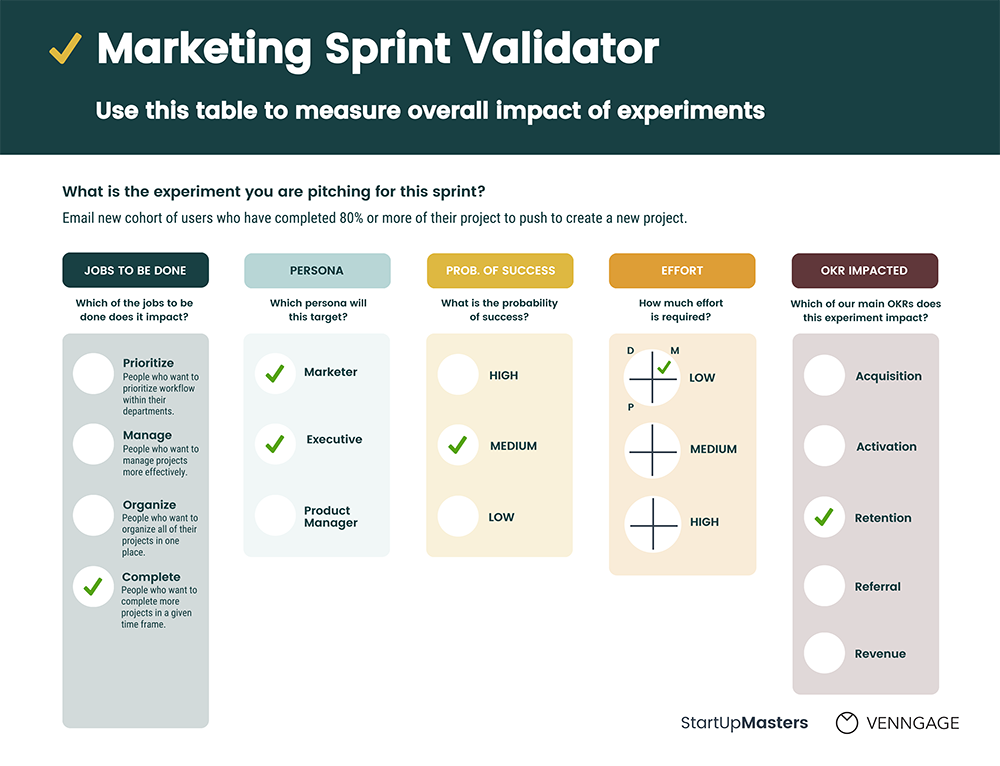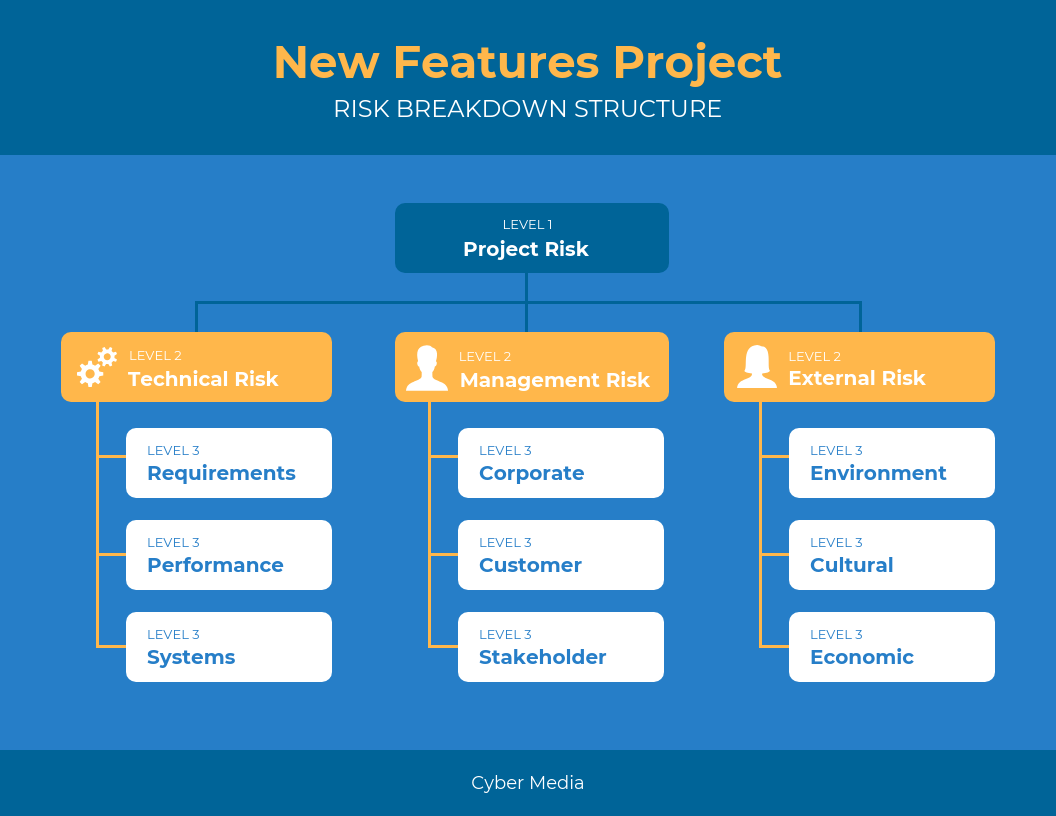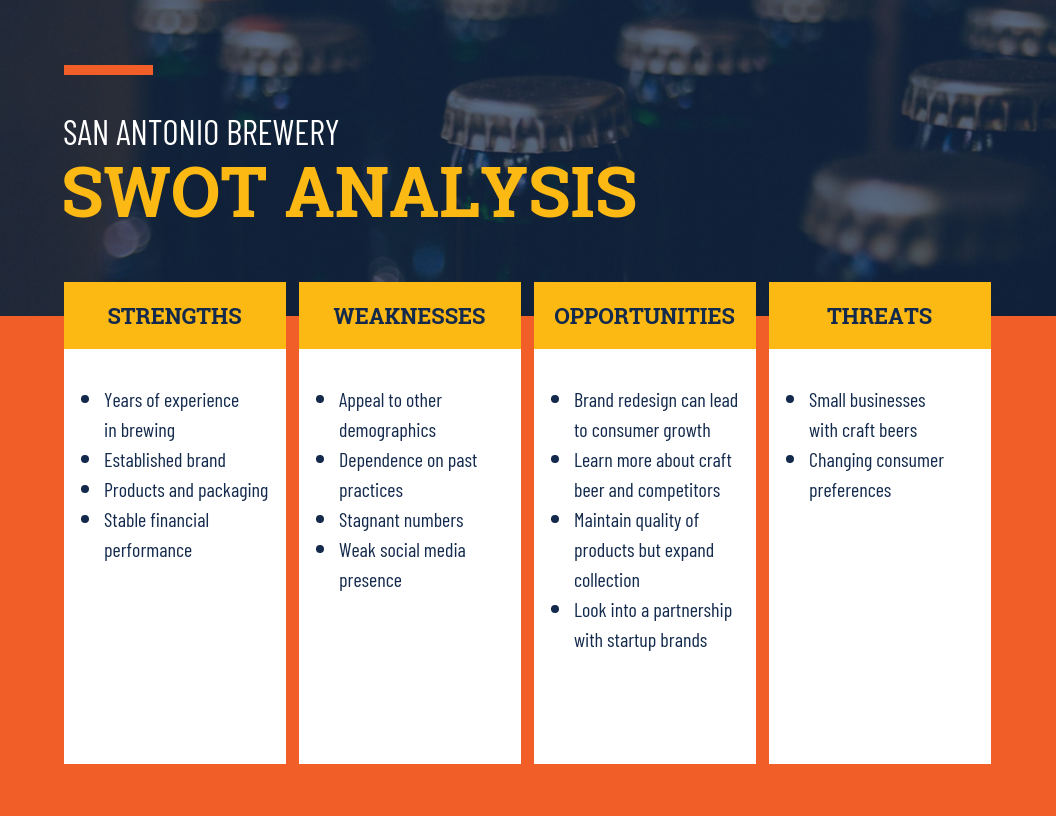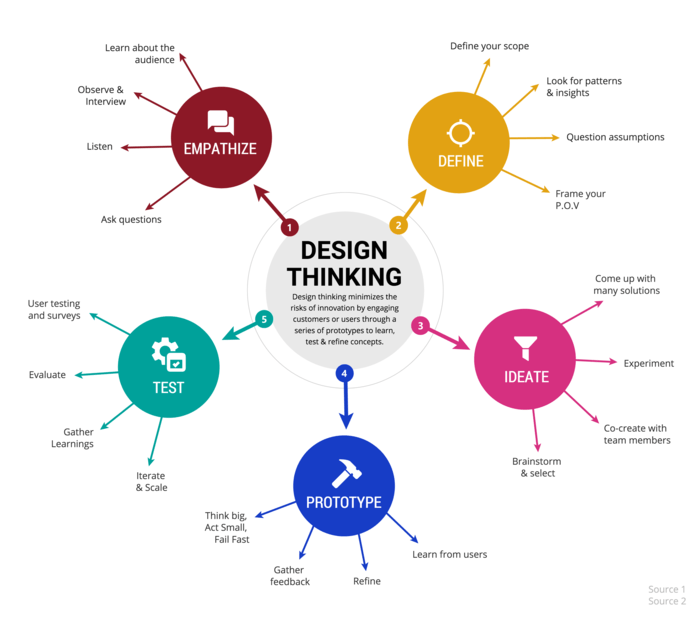Top Hacks for Structuring Your Marketing Strategy in 2020
A structured marketing strategy not only benefits your brand, but it also serves to guide your marketing team’s workflow. Marketers know the importance of building a strong strategy —it’s what propels your business for the quarter, the year, and the next five years. With a detailed strategy in place, you can reach your target audience, grow your customer base, build a group of loyal and returning customers.
While you may know how to market for your business, it is important to keep your team happy. You and your team will benefit from creating a strategy structured well enough that it improves workflow. There is nothing worse than developing a detailed strategy that doesn’t take into account how it impacts the people executing it. With that in mind, we look at how to structure a marketing strategy that will help grow your business, while also making the workflow process much easier.
Create a Flowchart
Before you begin planning, it is highly advisable to create a flowchart. A flowchart is an excellent way to break down the larger process into smaller tasks. For anyone who may be lost or confused about what the strategy involves, the flowchart makes it easier to explain. You can look at these flowchart examples for inspiration to create your own.
Goal Setting
Having created your flowchart, now it is time to set reasonable and measurable goals. Broad goals such as implementing more newsletter ideas can’t be measured. You need actionable goals with well-defined metrics so your marketing team knows precisely what and who they need to target. This means focusing your strategy on numbers like optimizing a landing page to increase mobile traffic 15%. 
Content Marketing Strategy
Using content as a method of sales development is something that needs to be kept in mind when designing your marketing strategy. Content creation can be challenging when you don’t know what it is for. You need to plan for the channels you want to use. Does your omni-channel marketing stretch to local SEO, emails, print media, direct mail, advertising, influencer marketing? All this needs to be included in your marketing strategy. Including your content strategy, as well as a flexible content calendar will make a massive difference to how your marketing team operates.
Conduct a SWOT Analysis
A SWOT analysis—strengths, weaknesses, opportunities, and threats—is a great tool for understanding what parts of your strategy will lead to results, and which ones need improvement. Use a SWOT analysis template to conduct the analysis internally for your organization, but also for your competitors. Doing a SWOT analysis will make it easier to create a marketing strategy that the team can get behind.
Measurement and Analysis
We have already mentioned the importance of measurement in terms of business goals but absolutely no strategy can be finalized or improved without stringent analysis and measurement. This is because you need to know what is and isn’t working in your marketing strategy. Setting specific target dates to measure your strategy’s successes and failures is a good way to start. Gathering customer feedback is another great way to see into the customer journey, and find potential need for reputation management.
Create Your Marketing Strategy Today
A marketing strategy that is structured and defined will benefit an organization well beyond the scope of the marketing framework. Most importantly, structuring the marketing strategy will ensure that your marketing team’s workflow is steady and consistent, which will make it more effective overall.
Author/Collaborator:
Ronita Mohan is a content marketer at Venngage, the infographic and design platform. Ronita enjoys writing about anything, but limits herself to digital marketing, pop culture, and the importance of representation. Twitter: @Venngage



